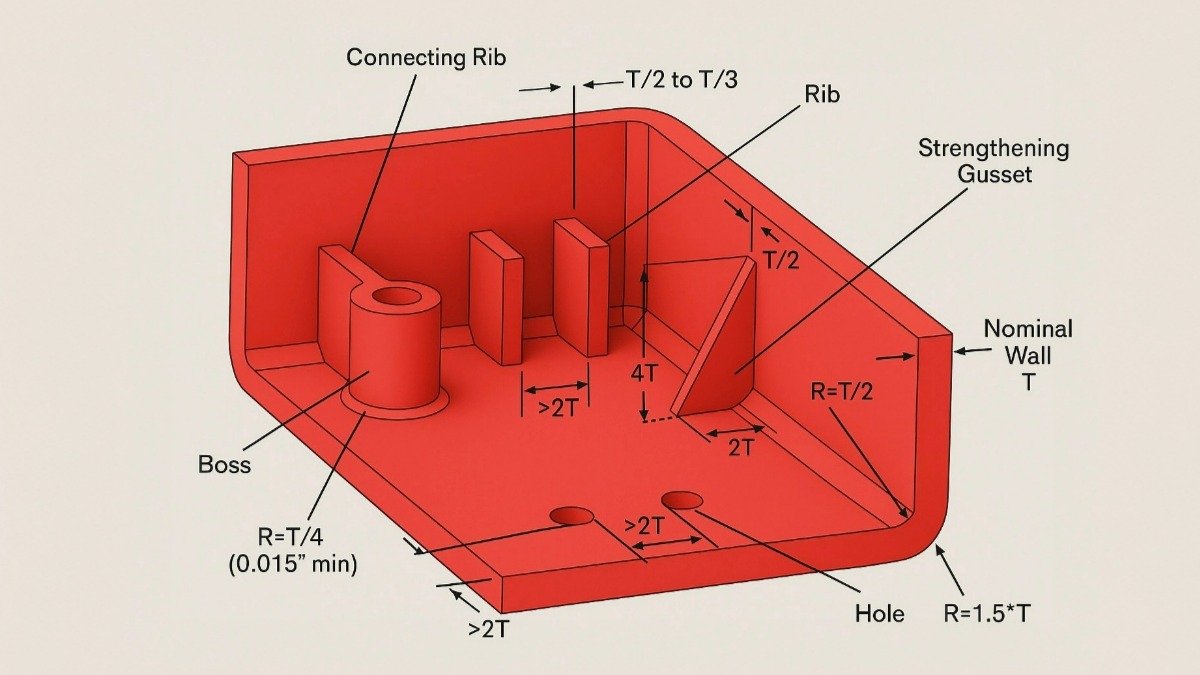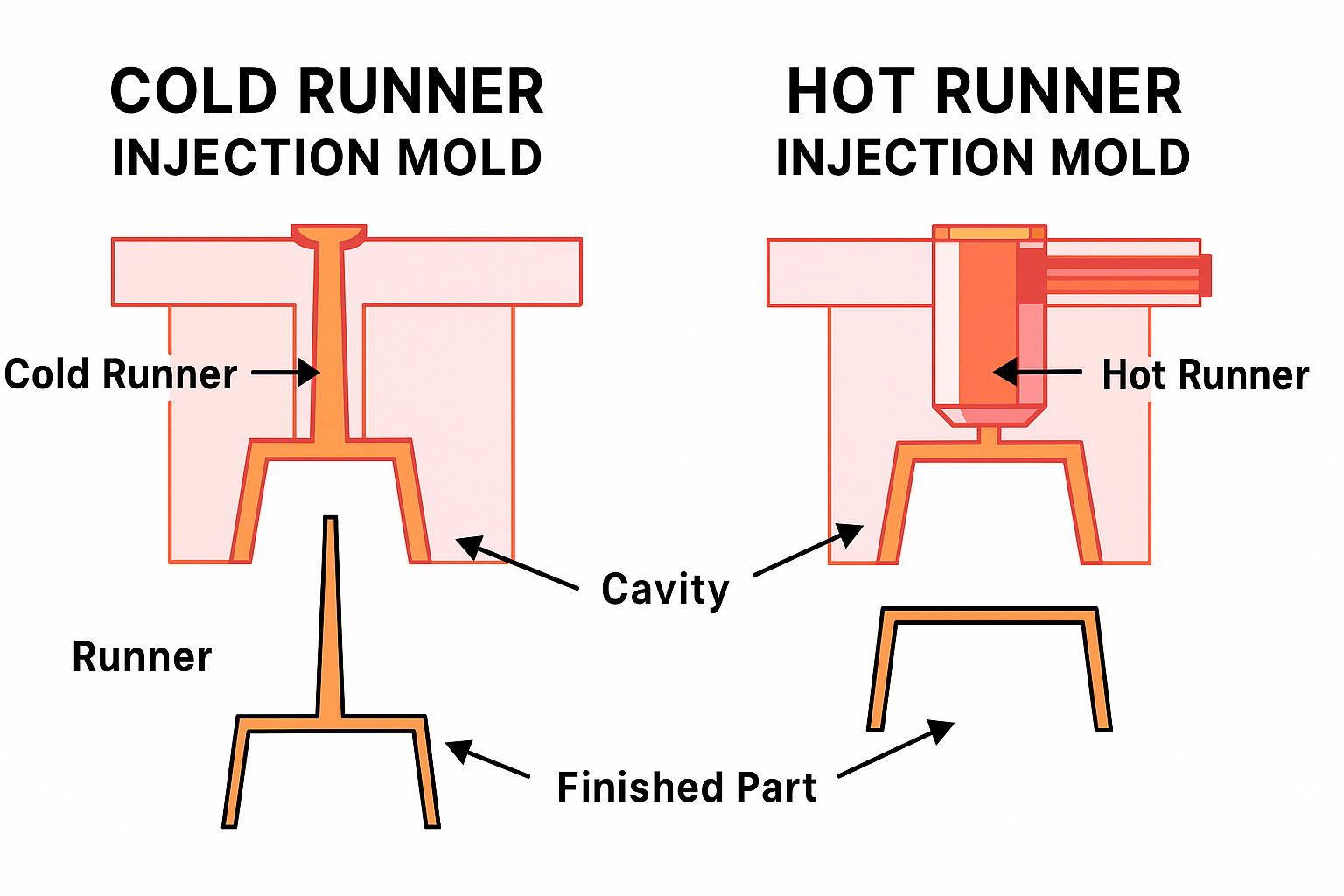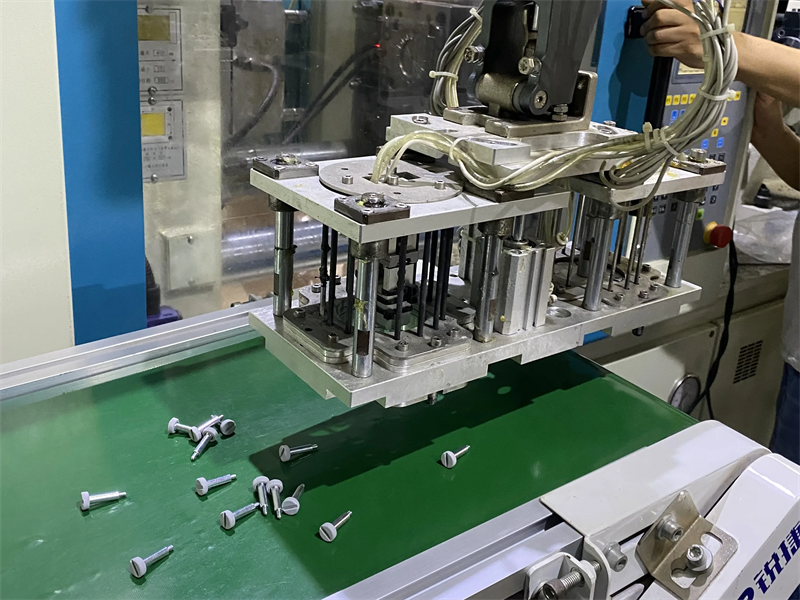In today’s fast-paced product development world, choosing the right manufacturing method is crucial. Two popular options are 3D printing and injection molding. Each has its strengths and weaknesses depending on factors like volume, cost, lead time, and part complexity.
This in-depth guide helps you compare these two processes side by side, so you can make the most informed decision for your business.
1. Overview of Each Process
What Is 3D Printing?
3D printing (or additive manufacturing) builds parts layer by layer from digital 3D files. Technologies include:
- FDM (Fused Deposition Modeling)
- SLA (Stereolithography)
- SLS (Selective Laser Sintering)
- MJF (Multi Jet Fusion)
3D printing is widely used for prototyping, custom parts, and short-run production.
What Is Injection Molding?
Injection molding involves melting plastic pellets and injecting them into a steel or aluminum mold cavity. Once cooled, the part is ejected.
It’s the gold standard for high-volume manufacturing and precision plastic parts.
2. Cost Comparison
| Category | 3D Printing | Injection Molding |
|---|---|---|
| Setup Cost | Low | High (due to mold) |
| Unit Cost | High | Low (at scale) |
| Break-Even | ~100–500 parts | Over 500 parts |
| Lead Time | 1–5 days | 2–6 weeks (tooling) |
💡 3D printing is great for startups or custom designs. Injection molding is ideal for long-term, high-volume projects.
3. Design Flexibility
- ✅ 3D Printing supports complex internal features, organic shapes, and lattice structures without tooling constraints.
- ⚠️ Injection Molding requires draft angles, parting lines, and gating systems. Complex designs may need more expensive mold features.
4. Material Options
- Injection Molding: ABS, PC, PP, Nylon, PBT, TPU, Glass-Filled materials, HDPE, TPE, etc.
- 3D Printing: PLA, ABS, PETG, Nylon, Resin, TPU, PEEK, metal powders, ceramics.
🎯 Injection-molded parts generally have better mechanical properties due to higher density and material performance.
5. Production Speed and Scalability
- 3D Printing: Perfect for 1–1000 pcs, with fast turnarounds for testing and samples.
- Injection Molding: After tooling is completed, parts can be produced in the thousands per day.
6. Surface Finish & Tolerances
- Injection-molded parts often require no post-processing and come out with clean, polished surfaces.
- 3D printed parts may need sanding, painting, or vapor polishing depending on the technology and application.
7. Application Scenarios
| Use Case | Preferred Method | Why? |
|---|---|---|
| Prototyping | 3D Printing | Fast, no mold cost |
| Short-Run Production | 3D Printing | Agile, cost-effective |
| Mass Production | Injection Molding | High output, low per-part cost |
| Customization | 3D Printing | Personalization & flexibility |
| Consumer Products | Injection Molding | Excellent finish & durability |
8. Trends & Hybrid Approaches
- 3D Printed Molds: Use SLA or SLS molds for short-run injection molding (100–1000 pcs).
- MJF & LAM: Advanced 3D printing technologies allow for medium batch production with excellent strength.
- Conformal Cooling Channels: 3D printed cooling lines in molds reduce cycle times and improve part quality.
9. Final Recommendation
- Use 3D printing when speed, design freedom, or small volume is critical.
- Use injection molding when you need repeatable, high-volume production with excellent mechanical and surface quality.
- Consider a hybrid workflow: use 3D printing for early-stage prototyping, then transition to injection molding once the design is finalized.
✅ Call-To-XINJUEXIN (CTA)
Ready to Manufacture Your Next Product?
Let our experts help you choose the right path. We provide:
- Free Design Reviews
- Rapid 3D Printing Quotes
- Competitive Injection Molding Services
📩 Contact Us Now | 📄 Request a Quote



